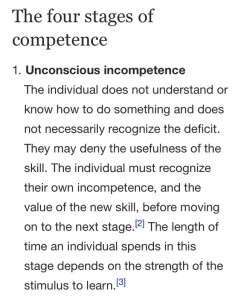Strategies on Business Culture
In a Harvard Business Review article, Michael Porter said this:
“the essence of strategy is choosing a unique and valuable position rooted in systems of activities that are much more difficult to match.”
While strategies in most aspects of business might be easy to copy; one that is particularly difficult to match is culture.
Which is why some of the businesses I share in my posts on business culture strategies have not only a culture that is difficult to copy, they also have superior performance compared to their peers.
Here are some of the best examples of business culture strategies:
Business Culture goes beyond staff training: in this post, I share how one difference in attitude between two staff makes a whole lot of difference in customer experience.
How can your business attract the best possible team: in this post, I share how having a positive work culture can help you in attracting the best employees.
Invest in professional development of your managers: In the UK, they have a standard for the development of people called Investors In People. I share why investing in the professional development of your managers, if done properly, will help your business reap benefits manifold.
Does having happier workers lead to better performance: Arguably, having happier workers does lead to better performance. In this post, I share some evidences from my working with clients.
The single most common challenge faced by business leaders when creating the company’s desired culture: I get many enquiries from business leaders about creating their company’s desired culture. In this post, I share the number 1 challenge faced by them.
“Only complaints; not compliments”: It is very much a “Singaporean” thing, where we complain more than we compliment. In this post, I share a case study on how that affects the staff morale of your staff in real life.
Want a strategy that is difficult to match?
Your business culture is one aspect that is truly difficult to copy by your competitors. Having the right business culture will certainly help your business perform better than the competition.
If training and branding exercises haven’t given your business the lasting results it deserves, then it is time to examine how we can help your team formulate strategies for your business culture.







